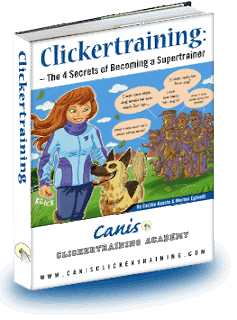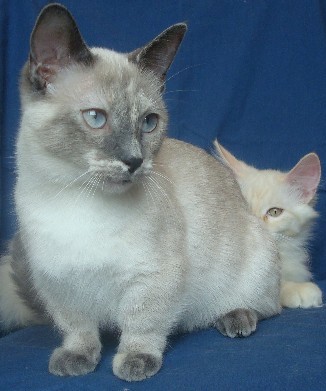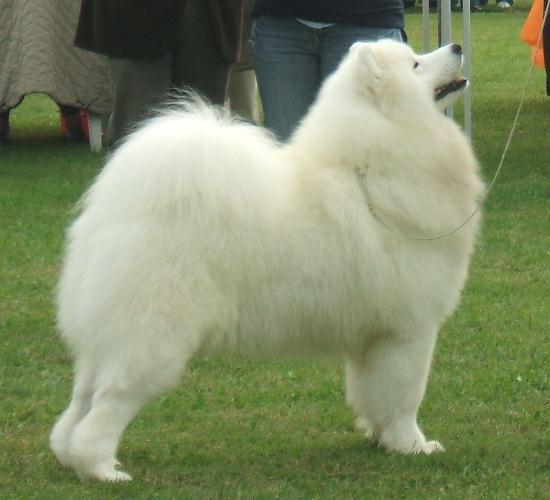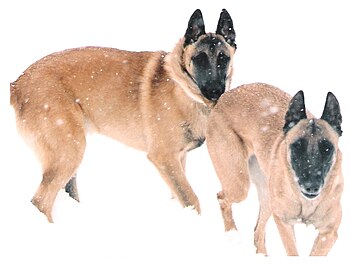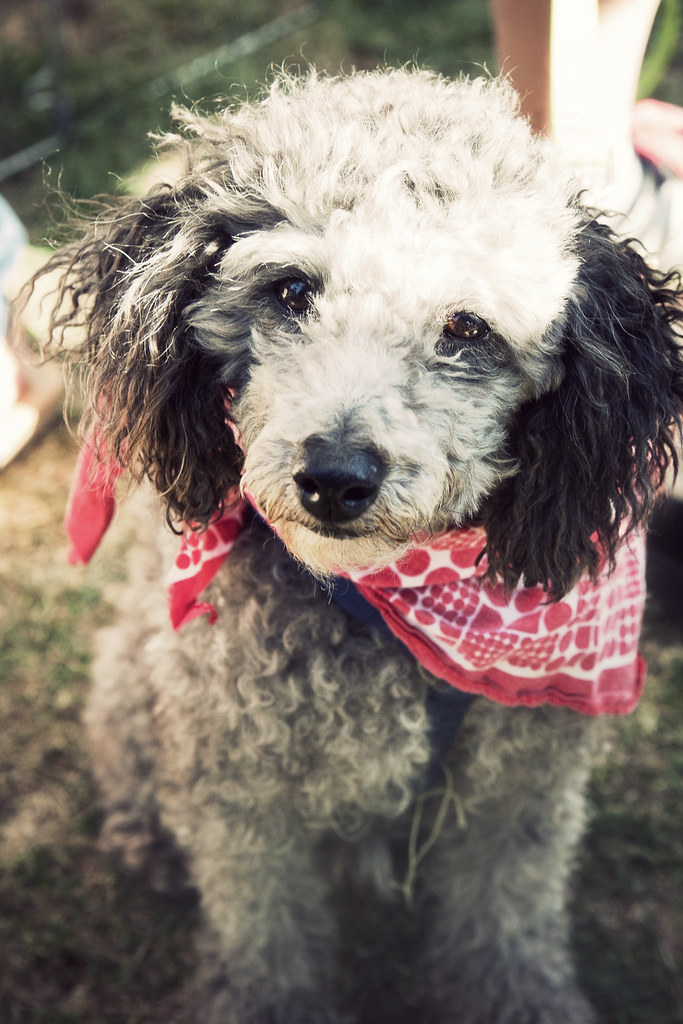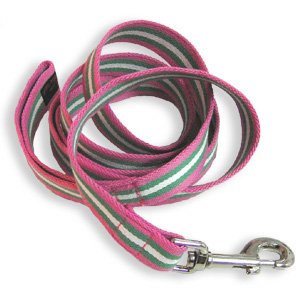Keeping your dog clean is an important responsibility for every dog owner. Fido depends on you for general hygiene. Clean ears, teeth and a coat free from fleas and ticks are all the conditions you check for a healthy pet. Bath time is a great time to bond with your dog as well as check his well-being.
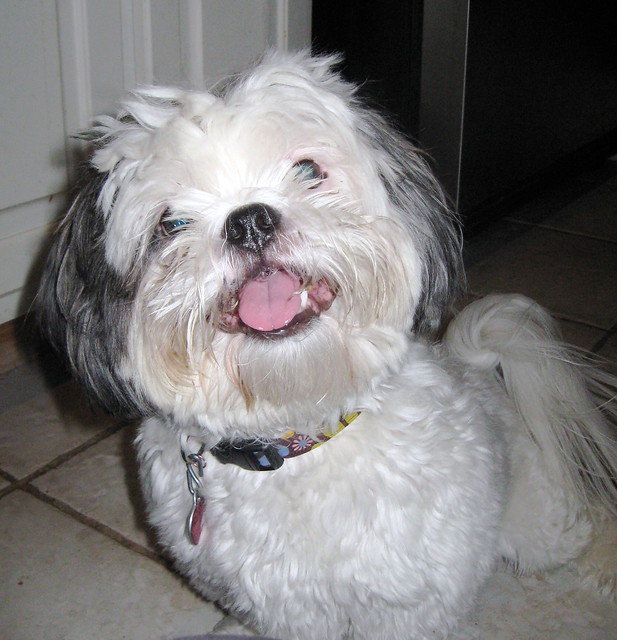 |
| Photo by moria |
A healthy dogs actually don’t need to be washed all that often, but humans prefer to bathe them so that they smell fresh and clean and not like...well…dog. Although most dogs don’t like to be washed, they will appreciate the contact and attention that they receive from their owners during a bath. It is also a good time to perform some other necessary “dog maintenance” such as cleaning the ears, checking for ticks and fleas, and brushing the teeth. Since many dogs do not like to sit still for any of these activities, it can be a good idea to do them all at once.
Brushing your Dogs’ Teeth
Brushing your dogs’ teeth is just good dental hygiene. Most vets recommend that it be done at least twice a week to ensure your dog maintains healthy teeth and gums. If you’ve have been doing this, it’s never too late to start. The dog should have its own toothbrush and special toothpaste designed for dogs. You pick up everything you need at your favorite pet supply store. Make sure you brush the back teeth in small circles, the same way you would your own, and brush up and down the length of the “pointy” canine teeth. Dog toothpaste is made to have a pleasing taste, to dogs that is, and this should help make your dog willing to let you perform this activity. If you cannot brush his teeth, the next best thing would be to give him teeth cleaning dog biscuits but brushing is definitely preferred.
Checking for Ticks & Fleas
Ticks are nasty little arachnids (they’re eight-legged creatures like spiders, and therefore are not insects) that will latch onto your dog’s skin and feed on his blood supply. They are most common in wooded areas, but your dog should be checked for them regularly because they can carry a number of diseases. The best place to look for these bugs in under the collar or on the dog’s underbelly, buried in the fur. If you find a tick, be sure to use tweezers and remove the tick by its head.
Fleas can be found in the same places, under the fur. The presence of fleas can be betrayed by the sight of their droppings on the dog’s coat. They look like flecks of pepper. The fleas themselves can vary in size, from tiny infants to larger adults, which are about an eighth of an inch long. They can’t simply be picked off the dog like ticks can, they will jump before you can catch them. If you do find a flea or their droppings, you know it’s time to start the dog on a program to control and eliminate these pests.
Cleaning his Ears
Pet supply stores sell special solutions for cleansing a dog’s ears. Dogs can easily get ear mites. These small insects live in the ears and feed of the waxy secretions there. Over time, the bodies of these short-lived creatures build up and form a black, dirty substance. Using a cotton swab dipped in a bit of this solution, gently clean the inner ear. It may be difficult to hold the dog still for this procedure, but it doesn’t take long. The result will be clean ears and the avoidance of potential infection and earaches for your dog.
So you see, the quality time you spend bathing your dog will not only make him smell great to you but it will make him FEEL great.





